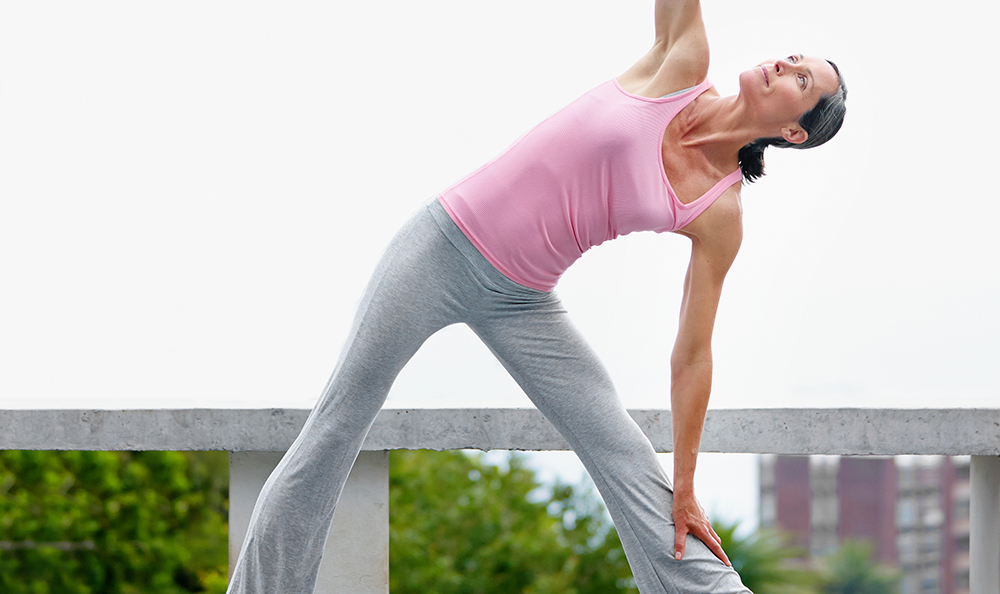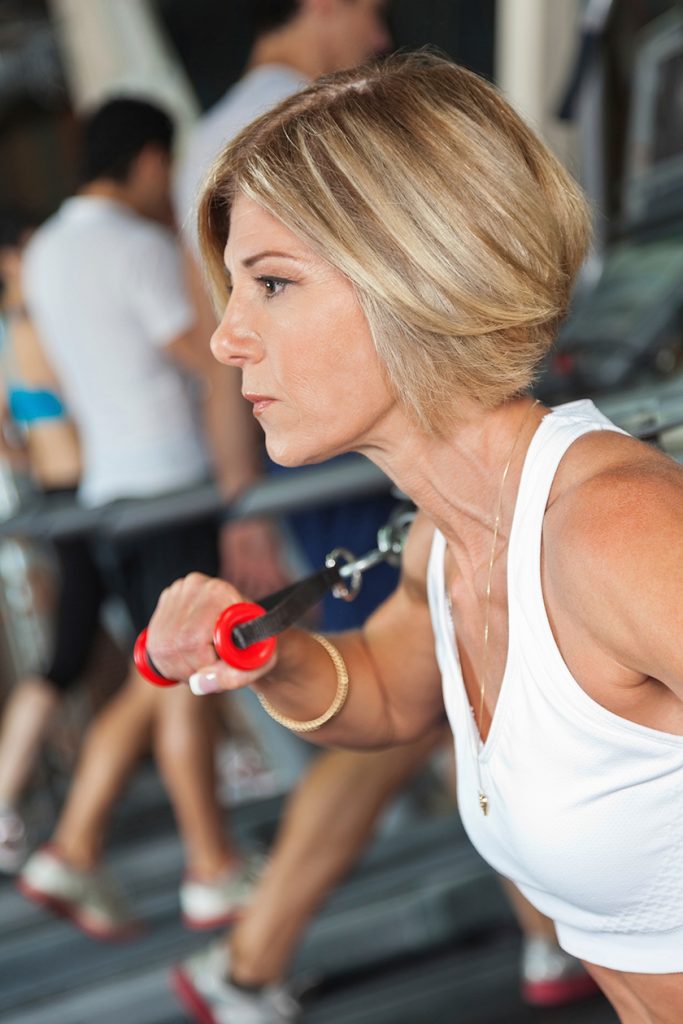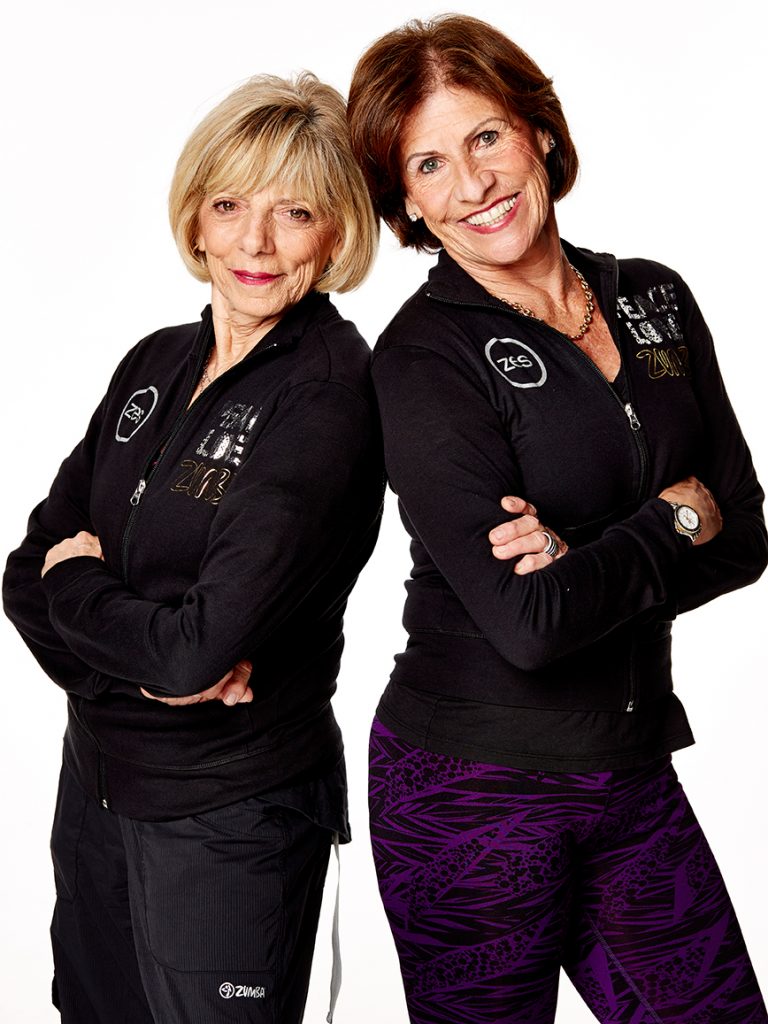How and why health clubs and classes need to shift gears to attract the 50-plus consumer.
The wave of fitness boot camps, music-thumping spin classes and done-in-an-hour high-intensity workouts have helped revitalize the fitness industry, but have they left behind a significant consumer base?
About one out of every three Americans are over the age of 55, according to the U.S. Census Bureau, and as baby boomers reach retirement age with extra time and money on their hands, staying fit will likely be a top priority for the group, experts say. Fitness brands and health club operators shouldn’t overlook the demographic.
Yes, there are benefits to marketing toward youth and staying ahead of the curve, but the industry shouldn’t forget who got it to this point.
Swap Out The Ads
Today’s fitness lens has been subtracted to the 20s and 30s market, as clubs and classes focus their marketing jargon on the aesthetic perks of a one-size-fits-all workout, and modalities that emphasize pain and struggle (i.e. CrossFit, mud runs and “burn” “bootcamp” or “bodyweight” hell.)
But “club owners need to step back,” said Colin Milner, CEO at the International Council on Active Ageing (ICAA). Milner told SGB that a shocking number of health clubs do not cater to the 50-plus consumer, although it’s still logical from a business standpoint. The aforementioned struggle-classes growing rampant among young gym rats are actually a turn off for the older market, he said.
“These people are focused on their health and wellness, not the ego, so showing a class flyer of a young, buff person won’t pick up with older adults,” Milner said. “What does resonate are things like helping me fulfill my potential, helping me continue in the workplace, enhance or sustain quality of life, and have a deeper focus apart from exterior marketing campaigns.”
Others will go as far to say that today’s hot fitness trends turn off more than just older adults.
“Our industry does a disservice to 83 percent of the population who doesn’t do anything fitness-oriented. And not because they don’t want to, but because they see advertising geared at someone else,” said Josie Gardiner, group exercise instructor, fitness legend and co-developer of Zumba Gold programming for older active adults.
Gardiner has been in the fitness field since the day step was first created (to which she had a hand in choreographing). She turns 70 in July 2016 and still teaches around 10 exercise classes a week, including regular sessions at the luxury Equinox gym. She expressed that if gyms don’t start focusing on the 50-plus population, they’re going to miss out on the biggest growing sales segment for years to come.
“That’s where the money is. They want to feel young, which means being fit and healthy. They want to buy Lululemon clothes and look good. I won’t buy Marshalls. I’ll hit the high-end sneaker stores because quality counts,” said Gardiner. She added that wearables and tracking tech is also a great allure for the active ageing community, who want to set gradual goals and track what they are doing.
Adapt The Moves
Another hurdle the industry will need to advance is the approach to adaptation. According to Gardiner and the other co-creator of Zumba Gold, Joy Prouty, most boomers grew up with a fitness regiment of doing sports and don’t want to stop.
“We must design classes that substitute moves, targeting muscles and sensation that are familiar to this ageing crowd, without having them recognize it or feel babied,” said Prouty, who currently acts as Education Specialist for Zumba. “I’m always thinking of how we can take something up and take it down without losing the benefit.”
Prouty said the last big step in programming is to make it welcoming. “One of the biggest challenges in reaching this market is easing the fear of getting hurt or not being successful,” she said.
The popular perception seems to be that people can’t get fit over a certain age. It circles back to marketing choices and the lack of offerings for get-started classes and incremental levels. “I watch classes and am absolutely horrified seeing people teach intensive workouts, where people are out of alignment and there is no quality of movement,” added Gardiner. “Knowledgeable instructors will select appropriate movement patters depending on age and tailor movement for different levels, because believe me one size does not fit all.”
Milner with the ICAA agreed one of the leading challenges for fitness operators is the one-size tendency toward group classes. “The word personalized becomes very paramount when working with this population. Differences in life experiences, injuries, behaviors, all make it very difficult from a program and marketing perspective,” Milner added.
Enlist Old School Instructors
Old school instructors grew with the industry, being certified through rigorous training as opposed to today’s quick-hit hour log. The boomer way of thinking about group exercise instruction is a complete 180 from today. And that is perhaps the biggest problem when it comes to incorporating more 50-plus consumers into the fold of clubs and classes.
“In this age, we see instructors given a program and the music and don’t know how to modify because they are given a complete class,” Gardiner said. She uses trending Barre classes as an example of how new training modalities may have little to do with correct form. With a background in the Boston Ballet, Gardiner attests nothing in a fitness Barre class even resembles a dance barre class. “I see a million repetitions in a pulsing movement, where in ballet we use a full range.”
Health club operators should seek instructors who can back their class with the knowledge to adapt. Classes programmed and marketed to 50-plus consumers can also boost gym activity during notorious slump hours in the middle of the day. Experts suggest both morning and evening classes don’t land as well as afternoon offerings. Plus, the social element does the enrollment work for you. “For this population, their children have grown up, in some cases spouses or friends have passed or retired, and they are lonely and don’t feel as needed,” said Prouty. “Facilities and classes bringing these groups together are more successful.”
Know Your Boomer
Research from the U.K.’s Barclay Bank found most operators in the national leisure industry (the U.S. equivalent to health clubs) were not serving the 50-plus population, and the reason for that was … they simply hadn’t thought to.
“This market is taking us back to where we started, and that’s with individual solutions,” said Milner. “The boomers are the ones that kicked off the fitness craze. They’ve been there, done that, and are looking for something different.”














